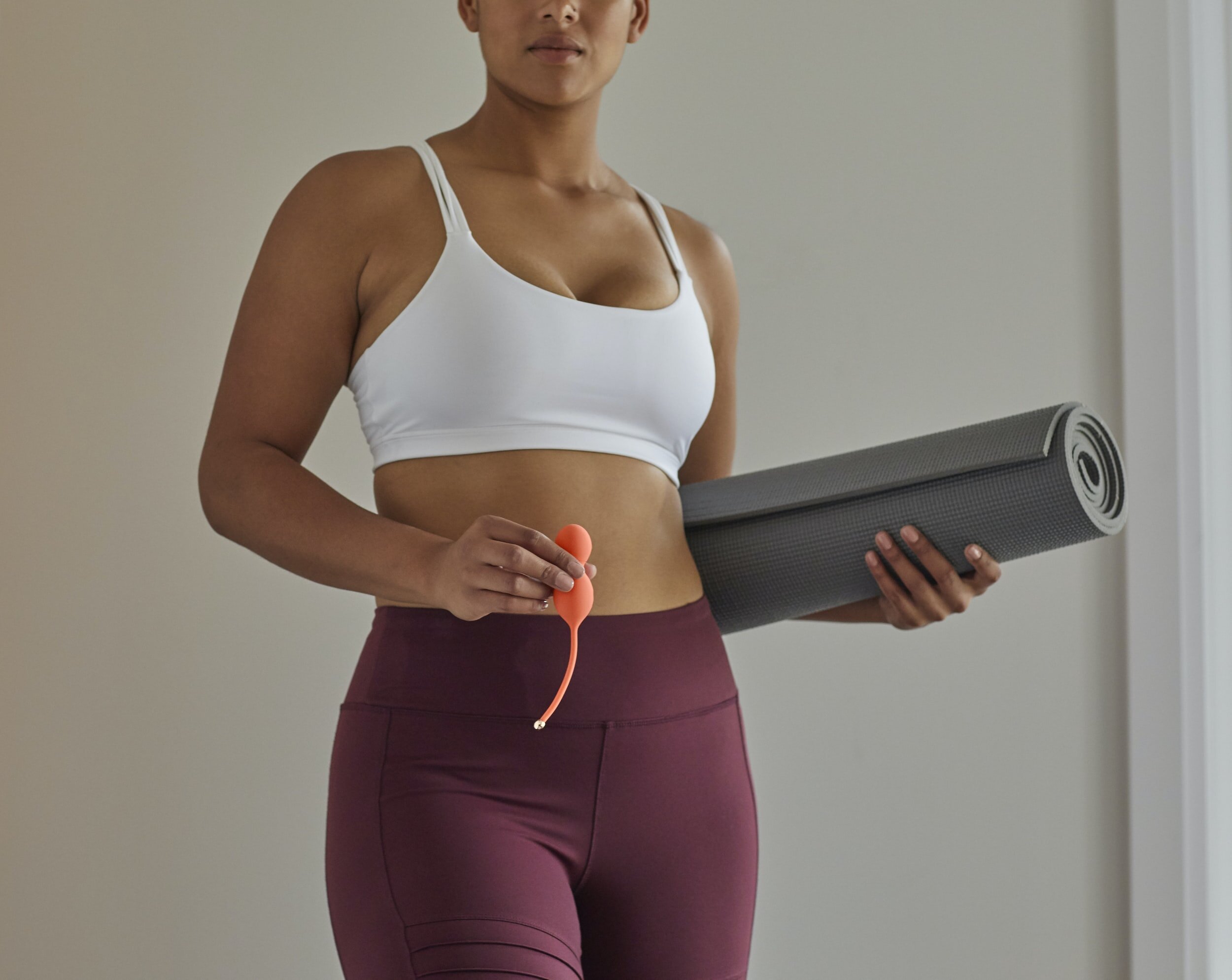If you’re pregnant and looking to stay physically active, you’ve probably come across a lot of information about exercise during pregnancy, some of which can be confusing or even misleading. In this article, we'll focus on two of the most common misconceptions that frequently appear in searches and provide you with accurate, up-to-date information based on guidelines from the American College of Sports Medicine (ACSM) and the American College of Obstetricians and Gynecologists (ACOG).
Misconception #1: "You shouldn't start exercising if you weren't active before pregnancy"
One of the most persistent myths about prenatal exercise is that if you weren't physically active before pregnancy, you shouldn't start during pregnancy. This misconception can prevent many moms-to-be from reaping the benefits of exercise during pregnancy. Back in the day guidelines were much more conservative out of caution and frankly because the research just hadn’t been done. However, both the American College of Obstetricians and Gynecologists and the American College of Sports Medicine encourage people with uncomplicated pregnancies to engage in regular physical activity, regardless of their pre-pregnancy fitness level. These expert obstetric and exercise organizations are very clear about the benefits of prenatal exercise which include preparing your body for the physical demands of pregnancy and childbirth, better weight management, reduced risk of gestational diabetes, and enhanced mental well-being.
You might find that pregnancy it’s an ideal time for you to start an exercise program. It’s a time in your life when you’re pausing to think about wellness, consider your health, and begin to adapt your habits and schedule. Exercise and physical activity can be incorporated into those thoughts and you can begin to prioritize physical activity as you make changes.
If you are new to exercise or haven’t been exercising consistently, the first step is shifting your mindset. Exercise should be used to support your pregnancy, so past exercise goals or routines may not apply to this stage of your life. Secondly, when you’re ready to get started, you should approach it as a gradual progression. This means little by little you’ll increase the duration of your workouts, the intensity, and the challenge level of exercises. You can begin with as few as 5 minutes of mobility each day and move toward being physically active for 30 minutes most days of the week.
As always, your healthcare provider should be your resource if you’re concerned that you have complications or contraindications to exercise. However, if you have a healthy and uncomplicated pregnancy, I’d like you to get moving!
Misconception #2: "You should keep your heart rate below 140 bpm while exercising"
Another common misconception is the outdated guideline that pregnant women should keep their heart rate below 140 beats per minute (bpm) while exercising. This advice, once widely promoted, is no longer supported by ACOG or ACSM. No one "target" heart rate is appropriate for all pregnant moms.
Instead, both ACOG and ACSM recommend that pregnant women engage in moderate-intensity exercise, which can be gauged by the "talk test" – being able to carry on a conversation while exercising, but not being able to sing. This level of intensity typically corresponds to a heart rate of 60-80% of your maximum heart rate, which varies depending on your age and fitness level. However, this guidance is not a “maximum” and it is not to create fear of going over that moderate intensity. Many elite athletes work at higher intensities, and research shows that HIIT exercise is safe for moms and babies. So rather than focusing on or fearing the heart rate, or number, focus on getting your body moving at a moderate intensity.
Hopefully, these two misconceptions about prenatal exercise will continue to dissipate so more moms embrace physical activity during pregnancy. By understanding that it's safe and beneficial to start an exercise program during pregnancy, even if you weren't previously active, and by focusing on moderate-intensity exercise rather than a specific heart rate limit, you can confidently use exercise as a tool in your prenatal care plan. Use the power of exercise to feel strong and confident throughout each trimester!
If you’re looking for tips to get started, download 5 Tips to a Strong Core.
















